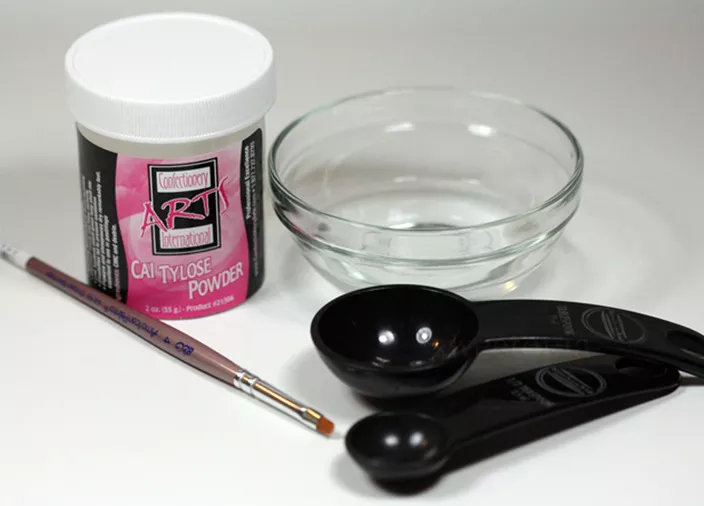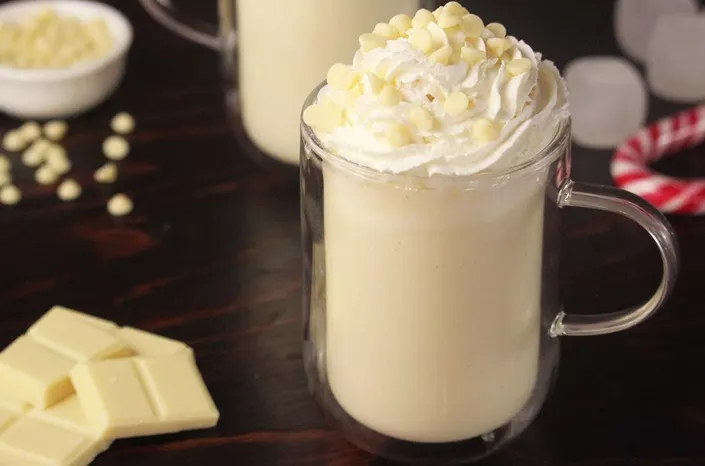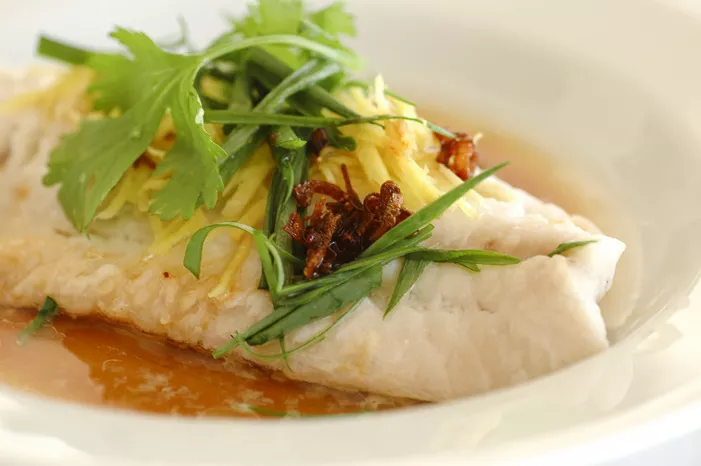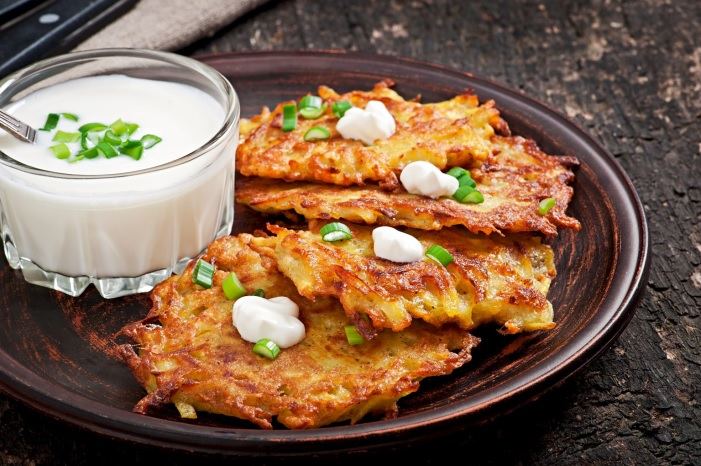In the world of culinary creativity and confectionery, edible glue serves as the unsung hero that holds intricate pieces together, creating edible masterpieces that are both visually stunning and delectable. Whether you’re a seasoned pastry chef or a passionate home baker, knowing how to make edible glue is a valuable skill that opens doors to countless possibilities in cake decorating, gingerbread house construction, and more. In this comprehensive guide, we will explore the art of making edible glue, sharing various recipes, tips, and techniques to elevate your edible creations.
Understanding Edible Glue
Edible glue, as the name suggests, is a food-safe adhesive used in baking and confectionery. It’s a versatile substance that comes in handy when attaching edible elements such as fondant decorations, sugar flowers, edible gold leaf, and more. The key distinction of edible glue from regular glue is that it’s entirely safe for consumption, ensuring that your culinary creations not only look fantastic but are also entirely edible.
Ingredients for Edible Glue
Creating edible glue is a simple process that requires just a few essential ingredients. Here is a basic recipe to get you started:
Ingredients:
1 teaspoon of tylose powder (or CMC powder, which stands for Carboxymethyl Cellulose)
2 tablespoons of warm water
Tylose powder is a vital component, acting as a thickening agent to transform the water into a glue-like consistency. It’s readily available in many baking supply stores and online.
Step-by-Step Instructions for Basic Edible Glue
Now, let’s walk through the process of making a basic edible glue:
Step 1: Measure out one teaspoon of tylose powder and place it in a clean, dry container.
Step 2: Add two tablespoons of warm water to the container. The warm water helps the tylose powder dissolve more easily.
Step 3: Stir the mixture vigorously using a clean spoon or a small whisk. Continue stirring until the tylose powder is fully dissolved, and you have a smooth, thick consistency.
Step 4: Allow the mixture to rest for a few hours or, ideally, overnight. This resting period allows the tylose powder to thicken the glue, resulting in a more adhesive consistency.
Step 5: After resting, your edible glue is ready to use. If it thickens too much, you can add a few drops of warm water and stir to reach the desired consistency.
Advanced Edible Glue Recipes
While the basic edible glue recipe serves most purposes, there are variations and enhancements that you can explore for specific projects or to meet your preferences. Here are a few advanced edible glue recipes:
A. Royal Icing Edible Glue:
Ingredients:
1 egg white
2 cups of powdered sugar (confectioner’s sugar)
Instructions:
In a clean bowl, whisk the egg white until it becomes frothy.
Gradually add the powdered sugar and continue to whisk until you achieve a smooth, thick consistency.
Use this royal icing as edible glue for attaching gingerbread house components, delicate lace decorations, and other intricate confectionery items.
B. Gum Arabic Edible Glue:
Ingredients:
1 teaspoon of gum arabic powder
2 tablespoons of warm water
Instructions:
Dissolve gum arabic powder in warm water, stirring until you get a thick, glue-like consistency.
Gum arabic edible glue is ideal for attaching edible gold or silver leaf to your creations, as it provides a strong adhesive bond.
C. Piping Gel Edible Glue:
Ingredients:
1/4 cup of light corn syrup
1/4 cup of water
2 teaspoons of unflavored gelatin
Instructions:
Combine corn syrup and water in a microwave-safe bowl.
Sprinkle the gelatin over the mixture and let it sit for a few minutes to bloom.
Microwave the mixture in short intervals, stirring until the gelatin is fully dissolved.
Cool the piping gel before using it as an adhesive for attaching fondant decorations and other edible embellishments.
Tips for Making and Using Edible Glue
Making edible glue is relatively straightforward, but achieving the best results requires attention to detail and practice. Here are some tips to help you master the art of edible glue:
A. Consistency is Key:
For most applications, you’ll want your edible glue to have a thick but spreadable consistency. If it’s too thick, add a few drops of warm water and stir until you achieve the desired texture. If it’s too thin, add more tylose powder or your chosen thickening agent.
B. Keep It Covered:
To prevent your edible glue from drying out while working on a project, cover it with a damp cloth or plastic wrap when not in use. This helps maintain its adhesive properties.
C. Avoid Overmixing:
When making edible glue, be cautious not to overmix. Overmixing can lead to air bubbles, which may affect the glue’s ability to hold elements together effectively.
D. Practice and Patience:
As with any culinary skill, practice is essential. Don’t be discouraged if your first attempts at using edible glue aren’t perfect. With time and patience, you’ll become more proficient in handling it.
E. Be Mindful of Allergens:
Consider potential allergens when making edible glue, especially if you’re creating treats for others. For example, egg whites in royal icing may not be suitable for those with egg allergies. Be prepared to offer alternative options.
Creative Applications of Edible Glue
Now that you’ve mastered the art of making edible glue, let’s explore some of the creative applications in which it can be used:
A. Cake Decorating:
Edible glue is a fundamental tool in cake decorating. Use it to attach fondant accents, edible flowers, or intricate sugar decorations to your cakes.
B. Gingerbread Houses:
Constructing gingerbread houses is a beloved holiday tradition, and edible glue is essential for creating stable and decorative houses and landscapes.
C. Sugar Flowers:
When crafting sugar flowers for cake decorations, edible glue is used to attach delicate petals and leaves, creating realistic and intricate floral arrangements.
D. Edible Art Projects:
Edible glue can be used in various art projects, such as creating edible sculptures, intricate sugar showpieces, and edible jewelry.
E. Cookie Decorating:
Use edible glue to attach small fondant decorations or edible gold and silver leaf to cookies, creating elegant and visually appealing treats.
Storage and Shelf Life
Edible glue has a relatively long shelf life when stored properly. To store your homemade edible glue:
Place it in an airtight container to prevent it from drying out.
Store it in a cool, dark place, away from direct sunlight or heat sources.
Check the texture before using it in a project. If it has thickened during storage, you can rehydrate it with a few drops of warm water and a good stir.
Conclusion
Edible glue is an essential tool for any culinary artist or enthusiastic home baker looking to create stunning and delectable masterpieces. From intricate cake decorations to whimsical gingerbread houses, knowing how to make and use edible glue opens up a world of creative possibilities in the realm of edible art.

























